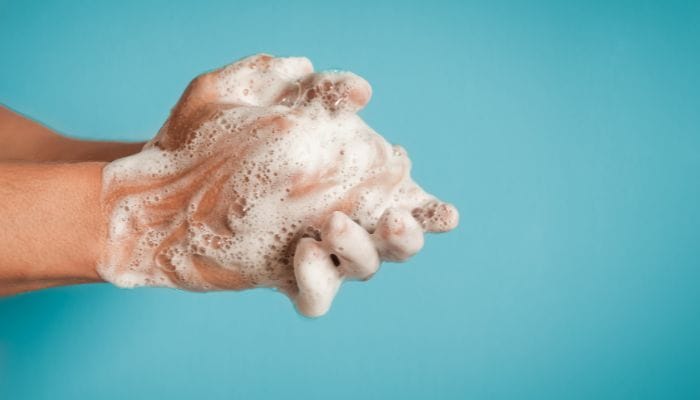Despite its ubiquitous presence in our daily lives, we rarely pause to consider the history of hand soap. This humble product, which holds great importance in maintaining hygiene and health, boasts a unique and captivating past. From its primitive origins in ancient civilizations to its evolution and refinement through the ages, this brief yet interesting history of hand soap is one of adaptation, innovation, and human ingenuity.
Ancient Civilizations and Animal Fat
Ancient civilizations like the Mesopotamians relied heavily on animal fats to create their versions of soap. This primitive concoction, often made from the fat of cows, sheep, or goats, was mixed with water and wood ashes, also known as lye. The resulting product served as a rudimentary cleanser for their clothing, gear, and potentially their skin, although this isn’t fully known.
Similarly, the elite class in ancient Rome favored pomades made from beef fat (tallow), using these to style their hair and clean their woolen clothes. Despite these early uses of soap, it was predominantly used for cleaning garments, with olive oil remaining the preferred substance for body washing.
Improvements During the Middle Ages
Not much about human society improved during the Middle Ages, but surprisingly, the quality of soaps did improve dramatically. Moving away from the use of smelly and goopy animal fats, soap makers during this period began to use vegetable oils. The resultant soaps were milder, purer, and even boasted a pleasant aroma.
One such soap that gained popularity was Aleppo soap from Syria, which contained olive oil and laurel oil. This soap was a coveted trade item in Europe and influenced the creation of Castile soap from Spain, a hard white bar made from olive oil that closely resembles the soap we use today.
1500–1700: A Departure From Personal Hygiene
Between the 1500s and 1700s, a prevalent belief in the Western world was that water spread diseases. Consequently, soap was mainly used for laundering clothes rather than personal hygiene. In the American Colonies, soap was typically made from the fats of butchered animals and lye boiled in a large kettle, and it was meant primarily for cleaning linen clothes. Hand soap, as we know it today, did not hold a significant place in society during this time.
Hand Soap Wins the Civil War
By the late 1800s, a shift in attitude toward personal hygiene emerged. Many scientists and doctors began to advocate for regular hand washing with soap. The Union soldiers vigorously promoted and maintained this practice during the US Civil War, which helped them withstand attrition and disease longer than their Confederate counterparts.
The Modern State of Hand Soap
Today, hand soap holds an undeniable place of importance. There is a wide array of hand soaps available on the market, each designed to cater to specific needs and environments. Some soaps are created to suit commercial settings, offering heavy-duty cleaning properties, while others are made for personal use, focusing on gentleness and aromatic scents.
Your local business might have foaming or non-foaming soaps in their dispensers, while you may display a decorative soap bar at home for special occasions. Ultimately, the current state of this product is a true testament to the enduring and interesting history of hand soap.







